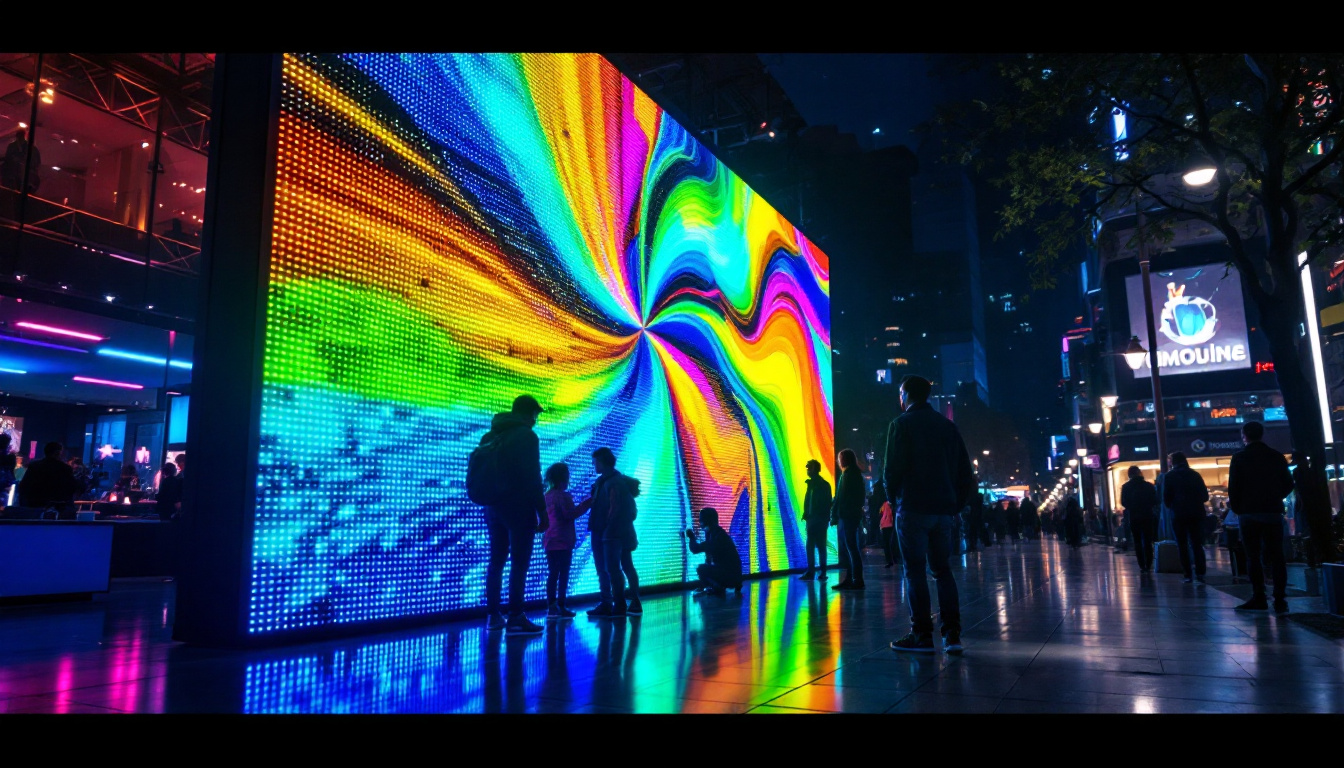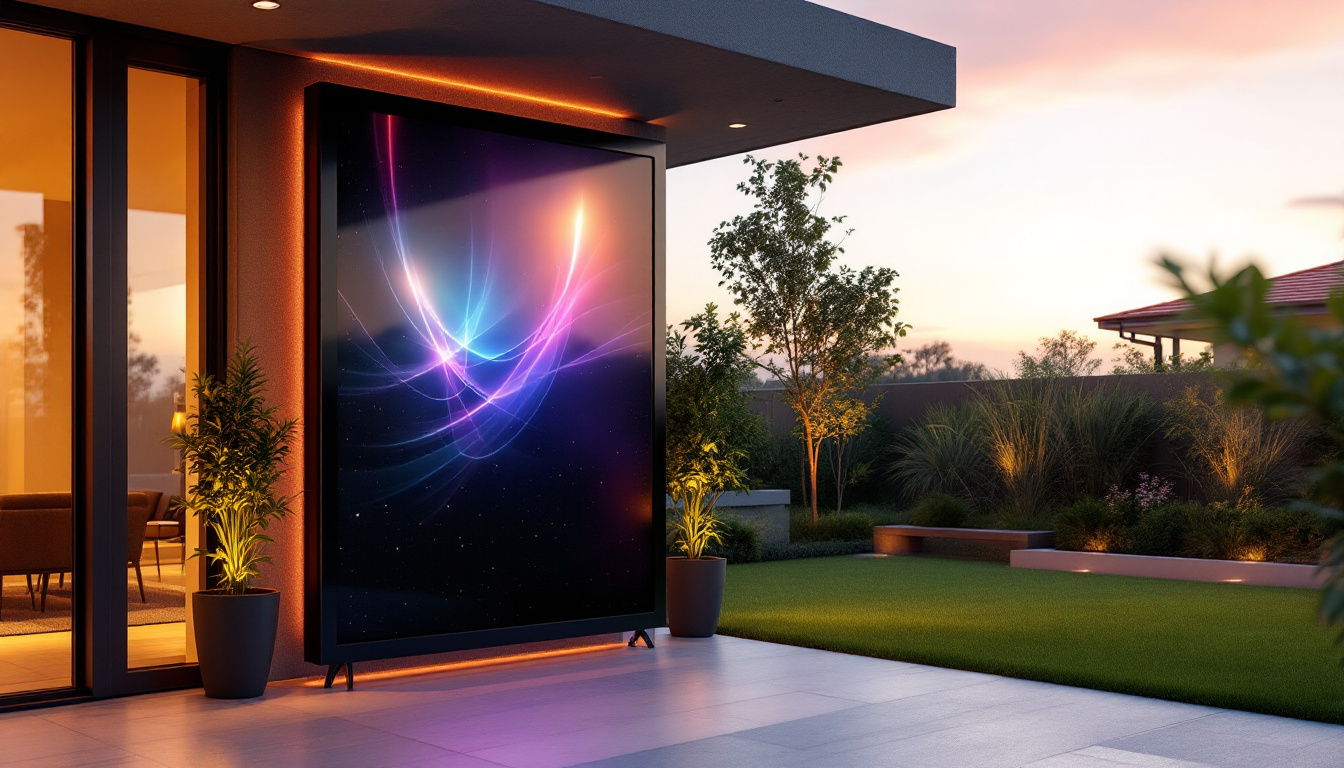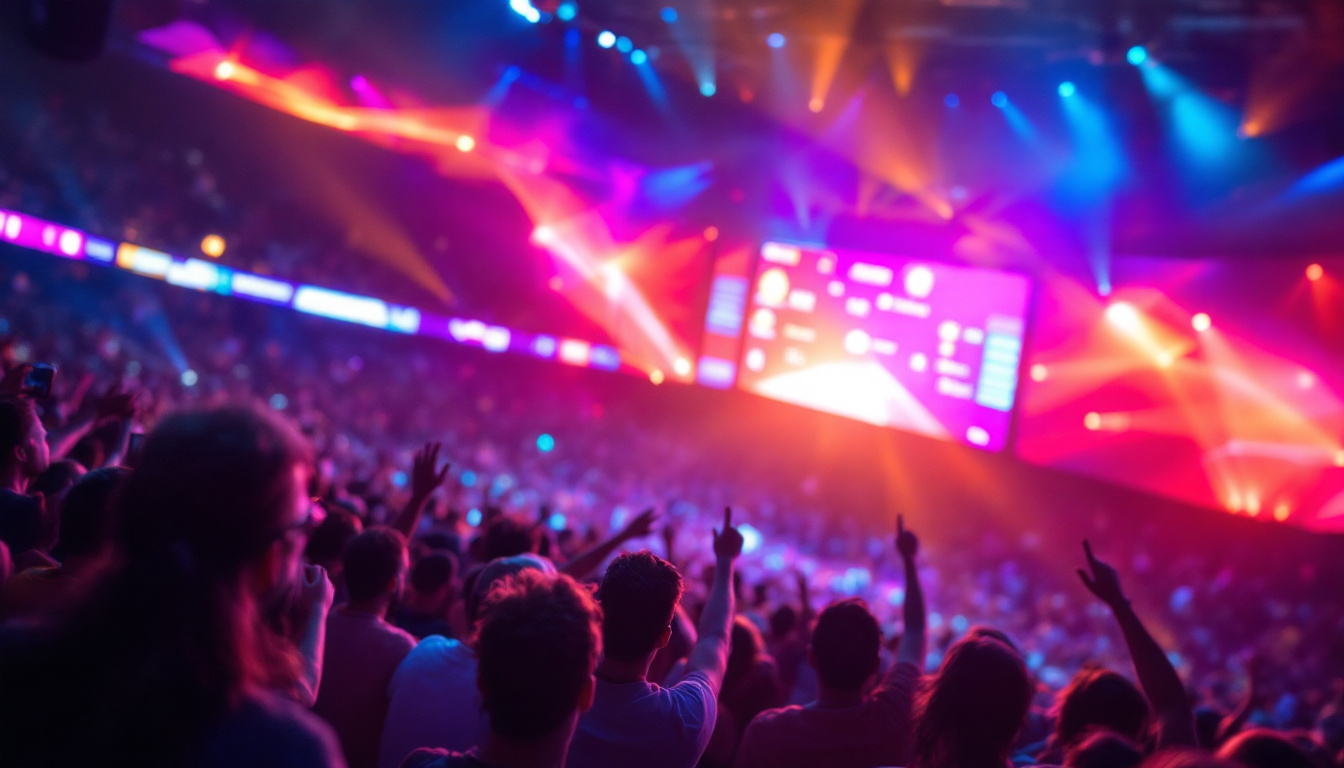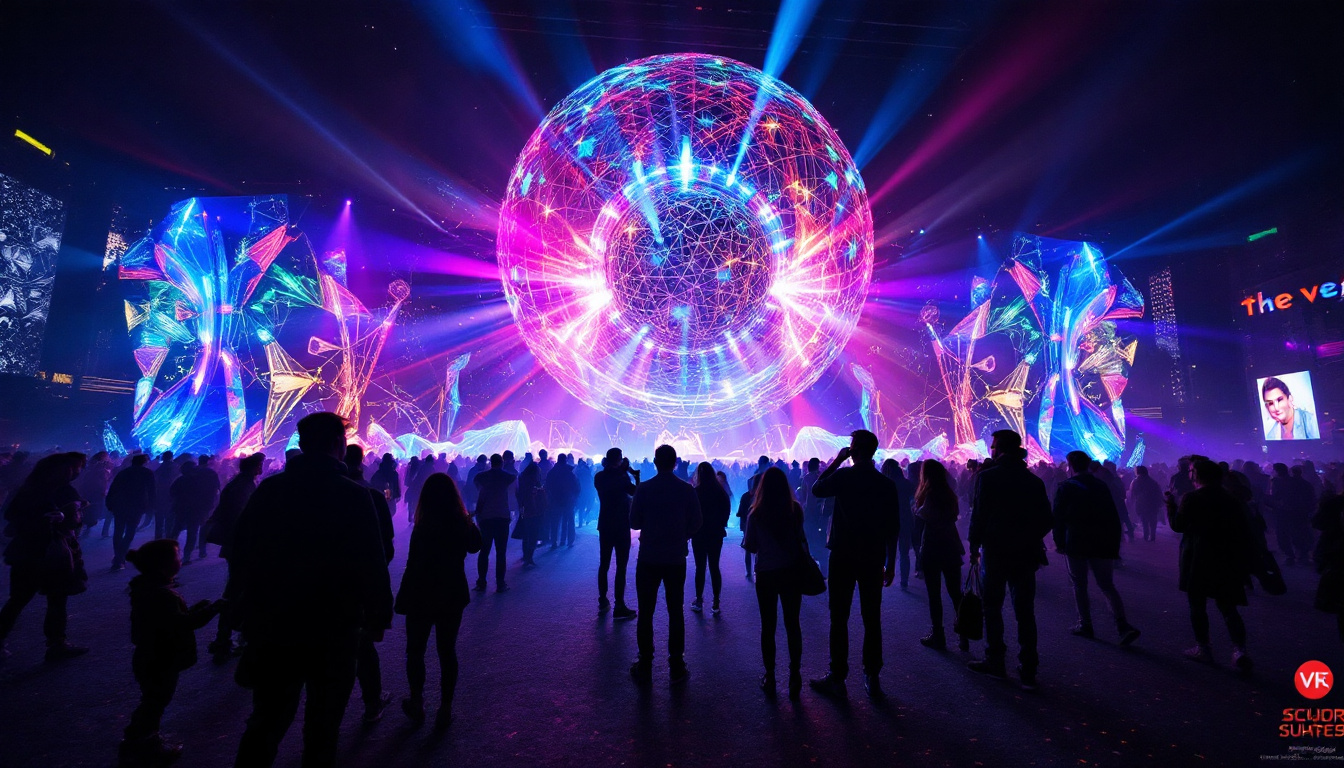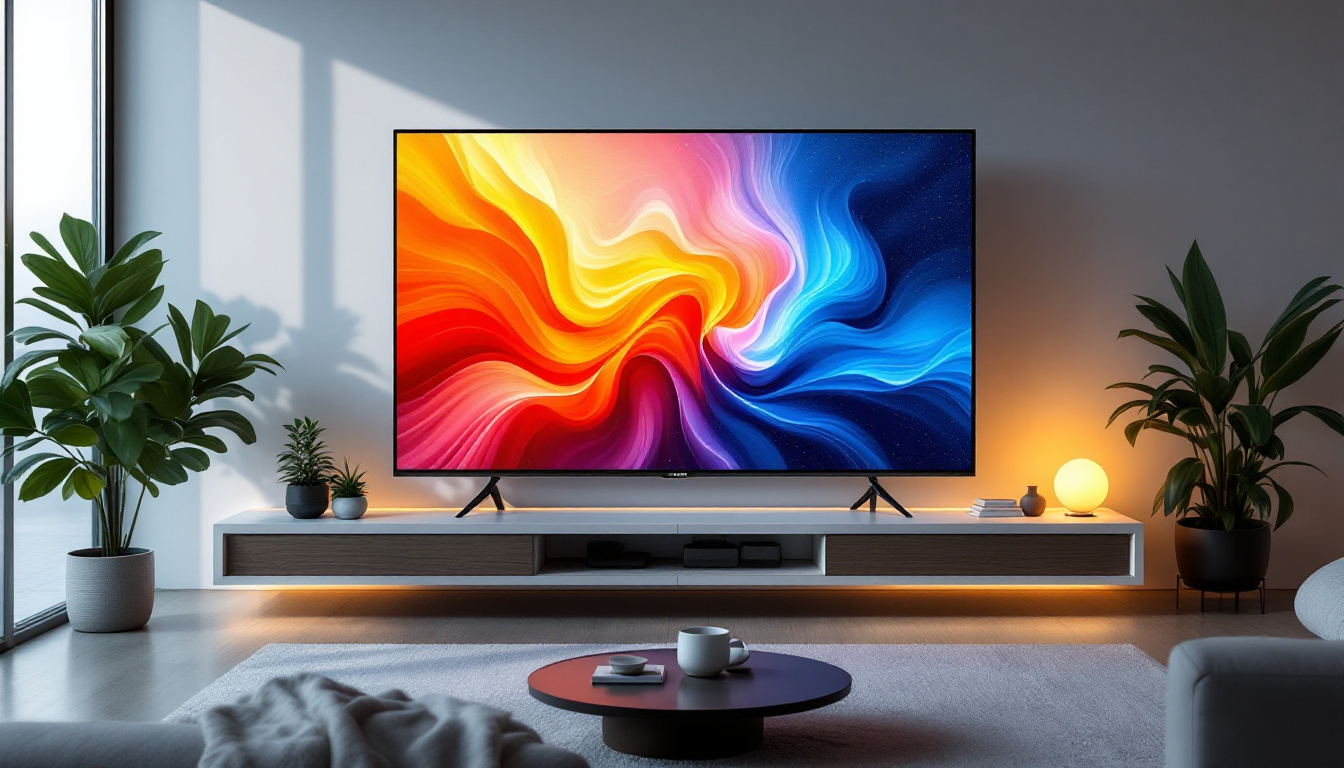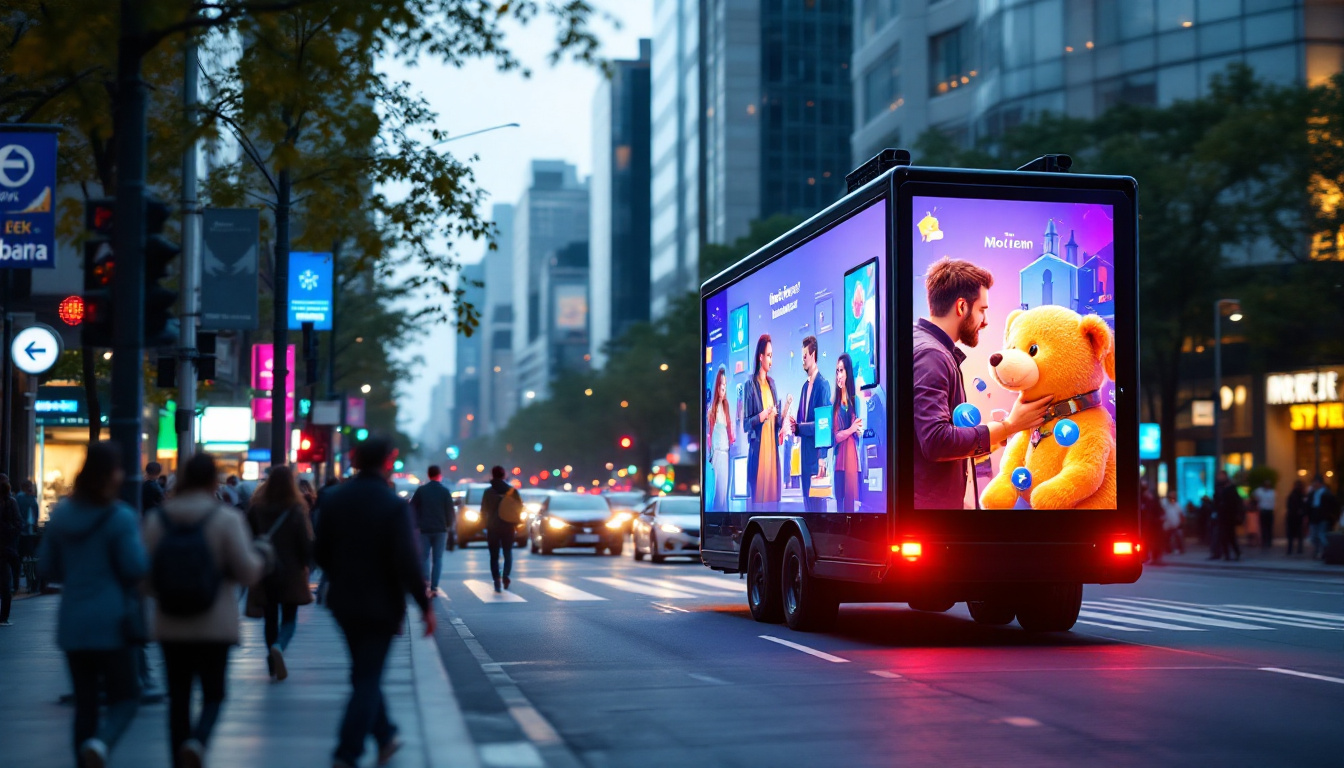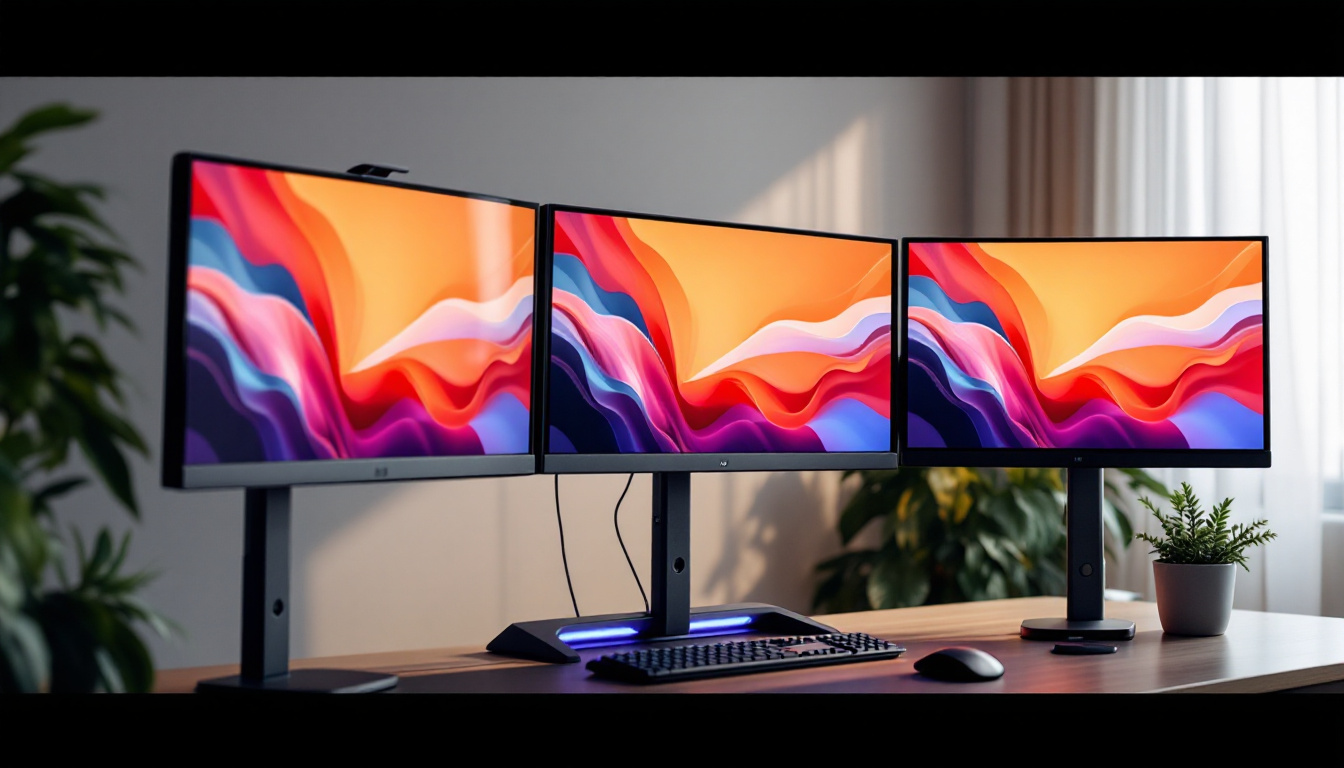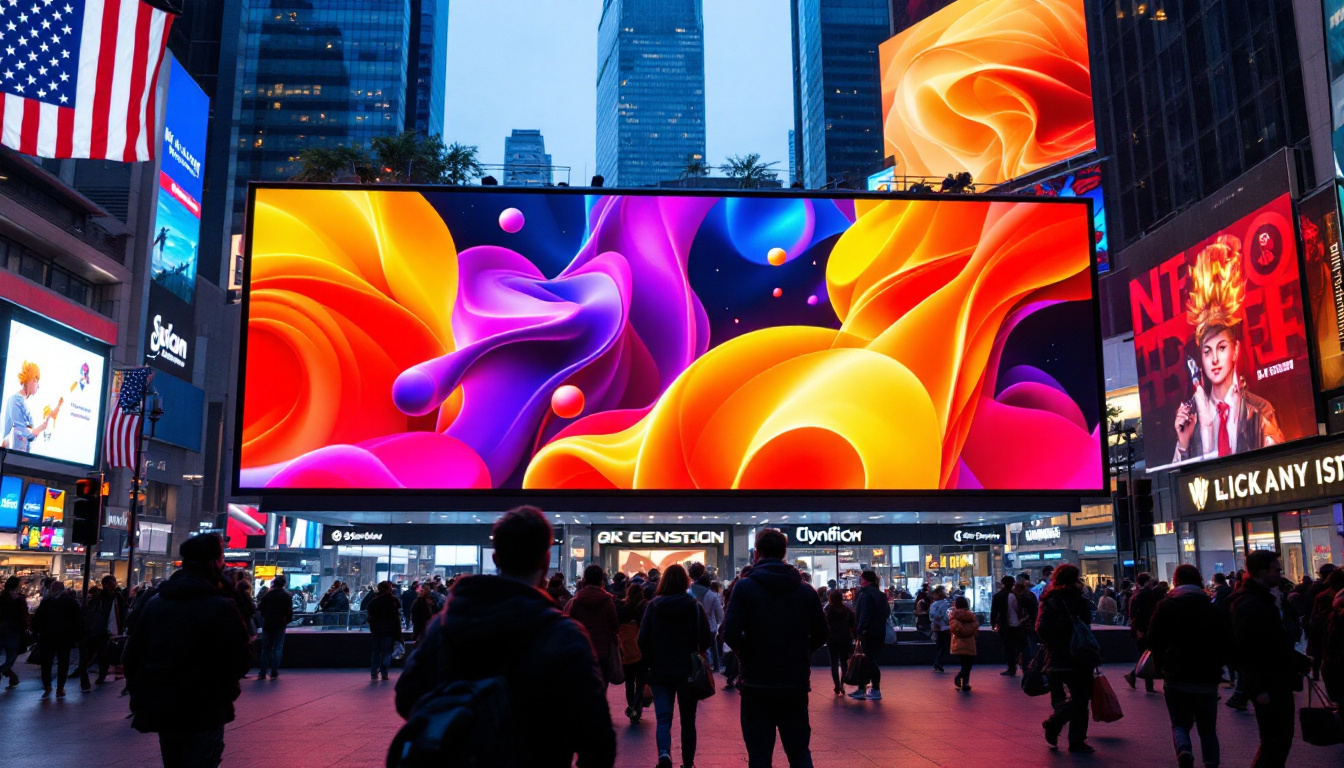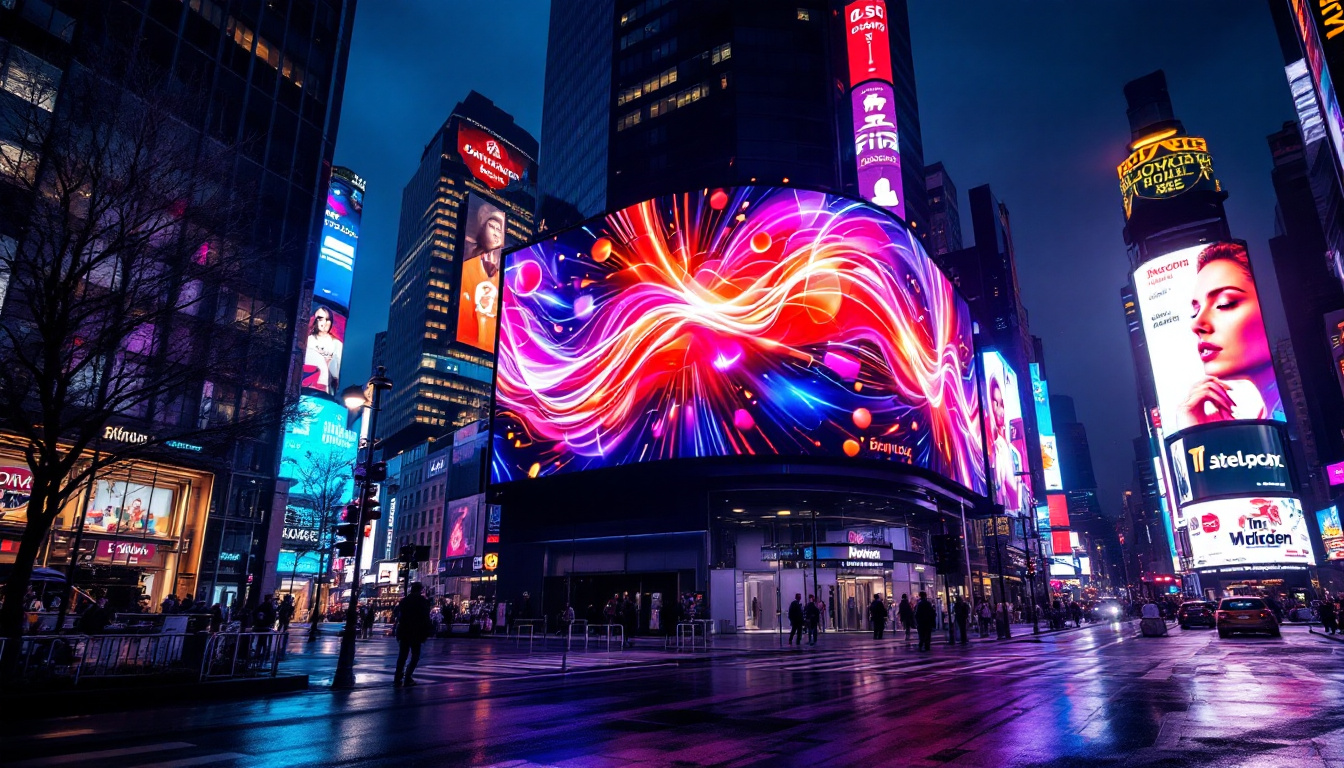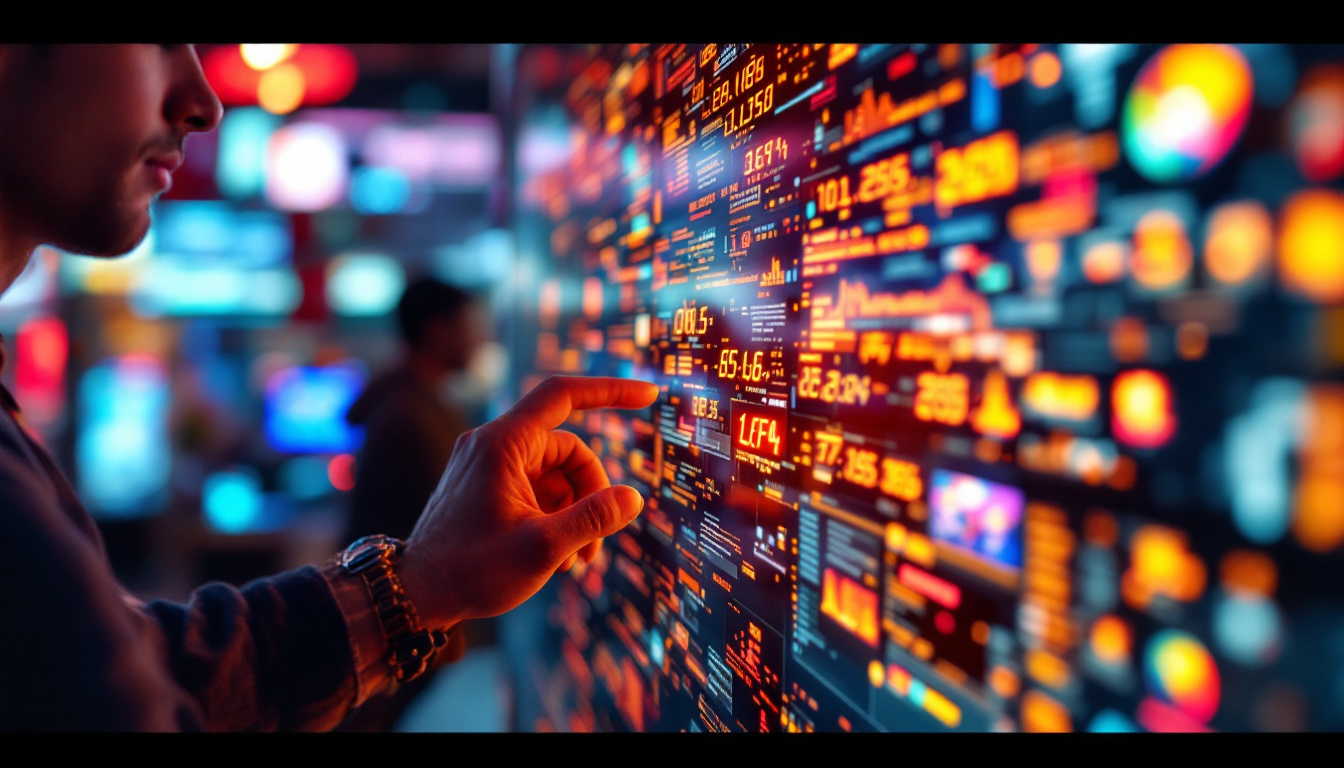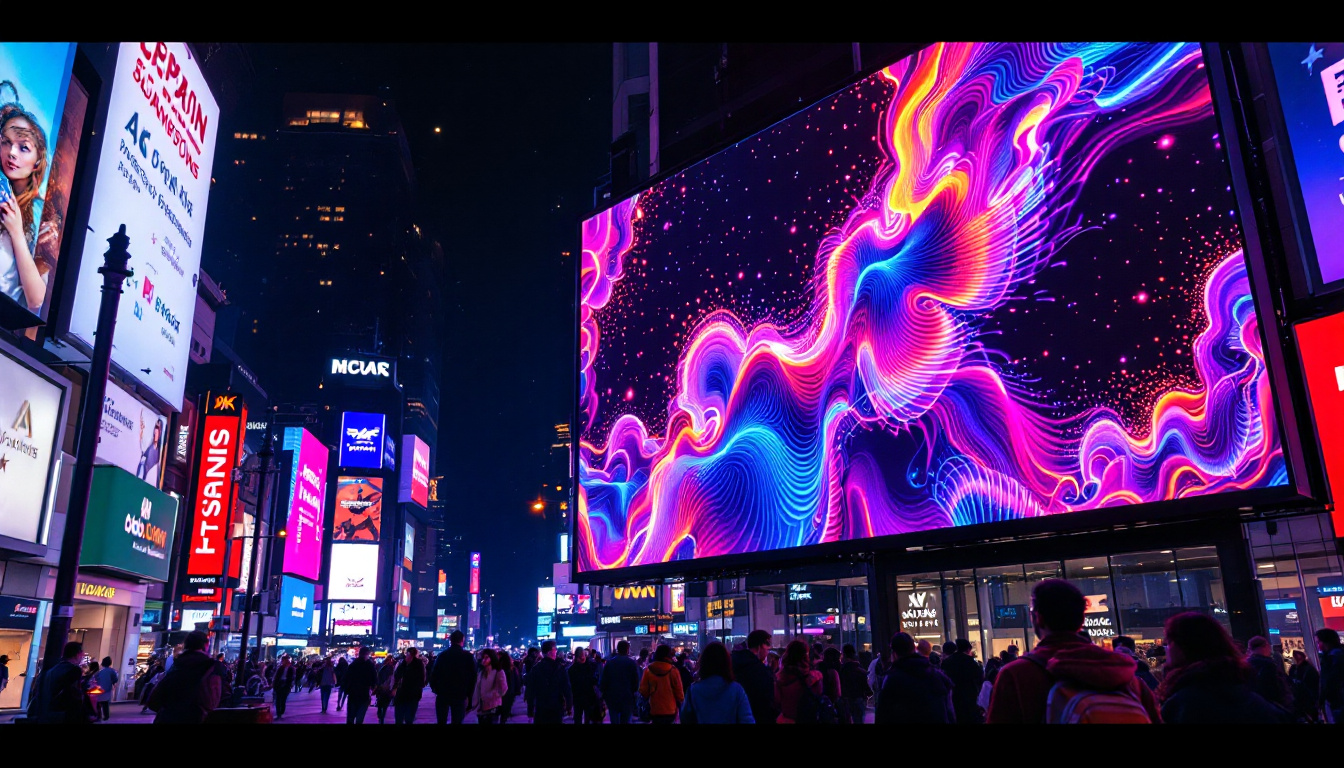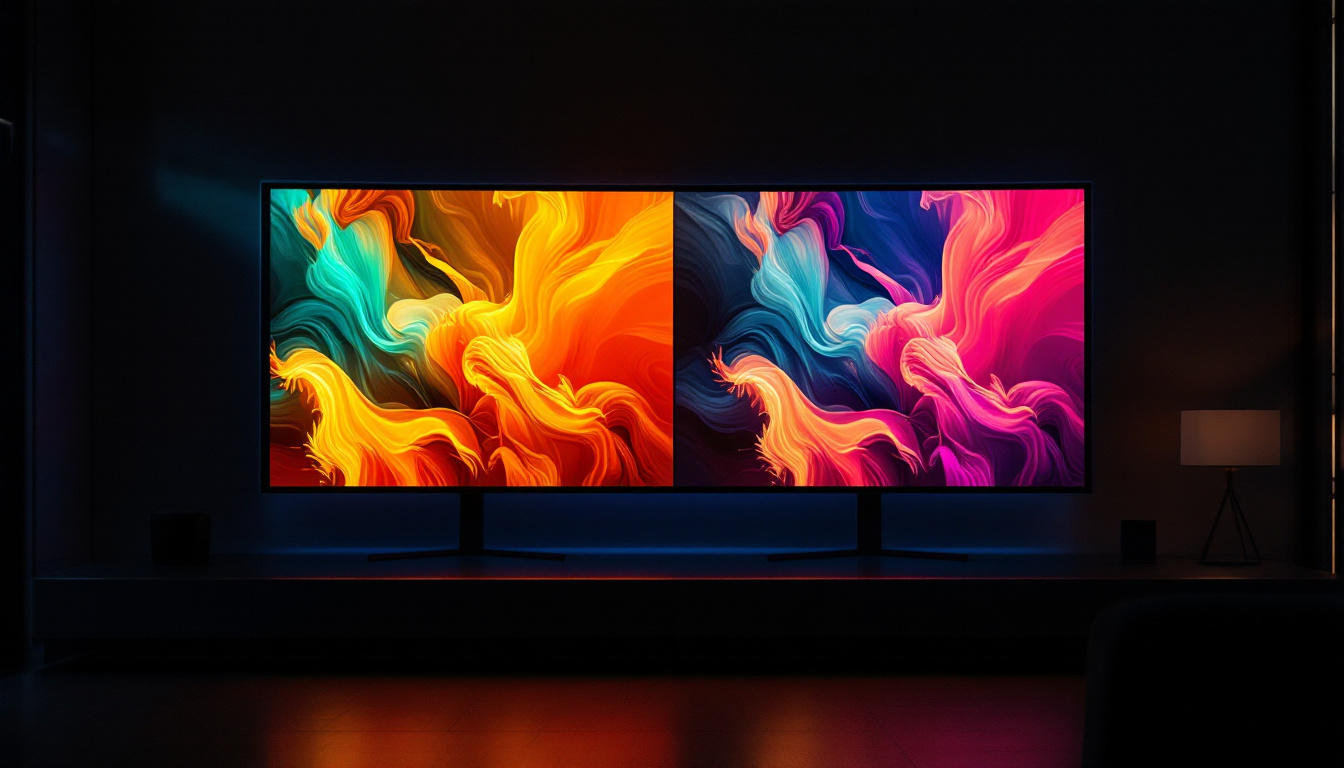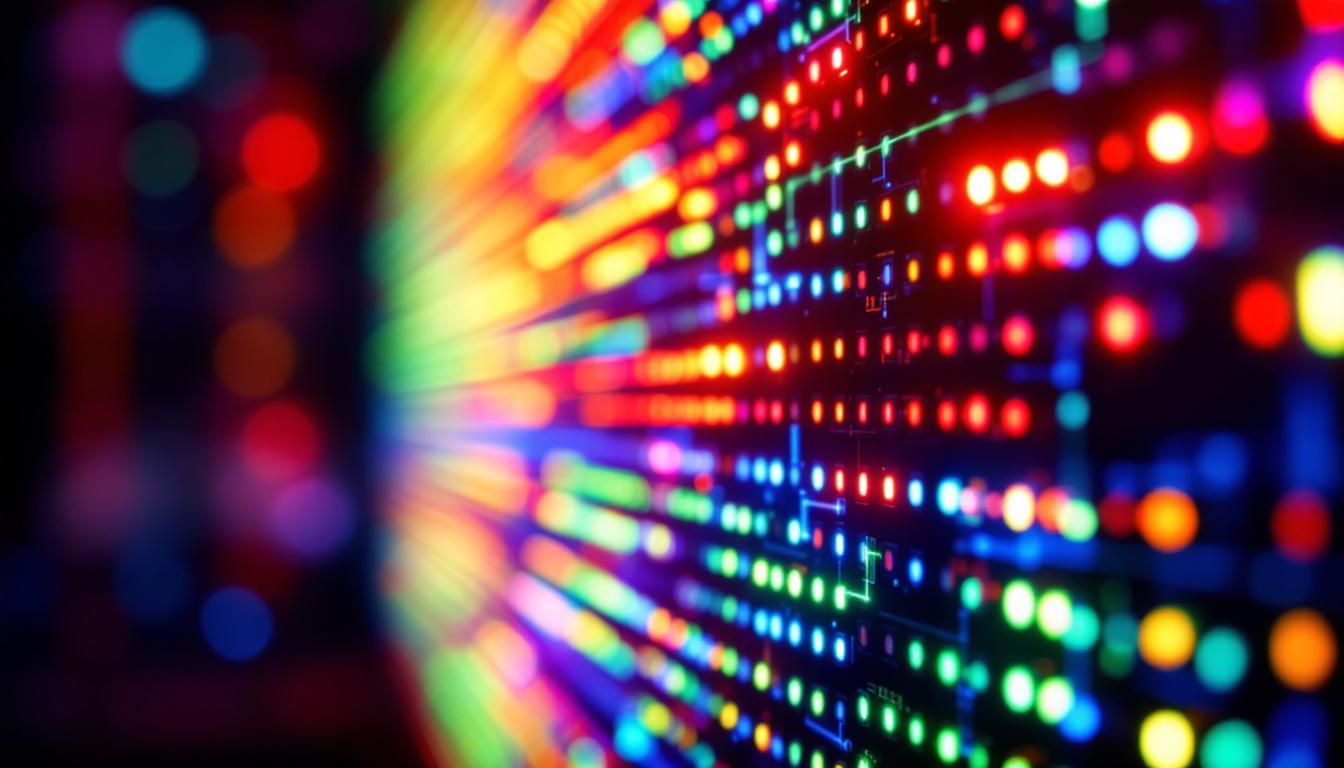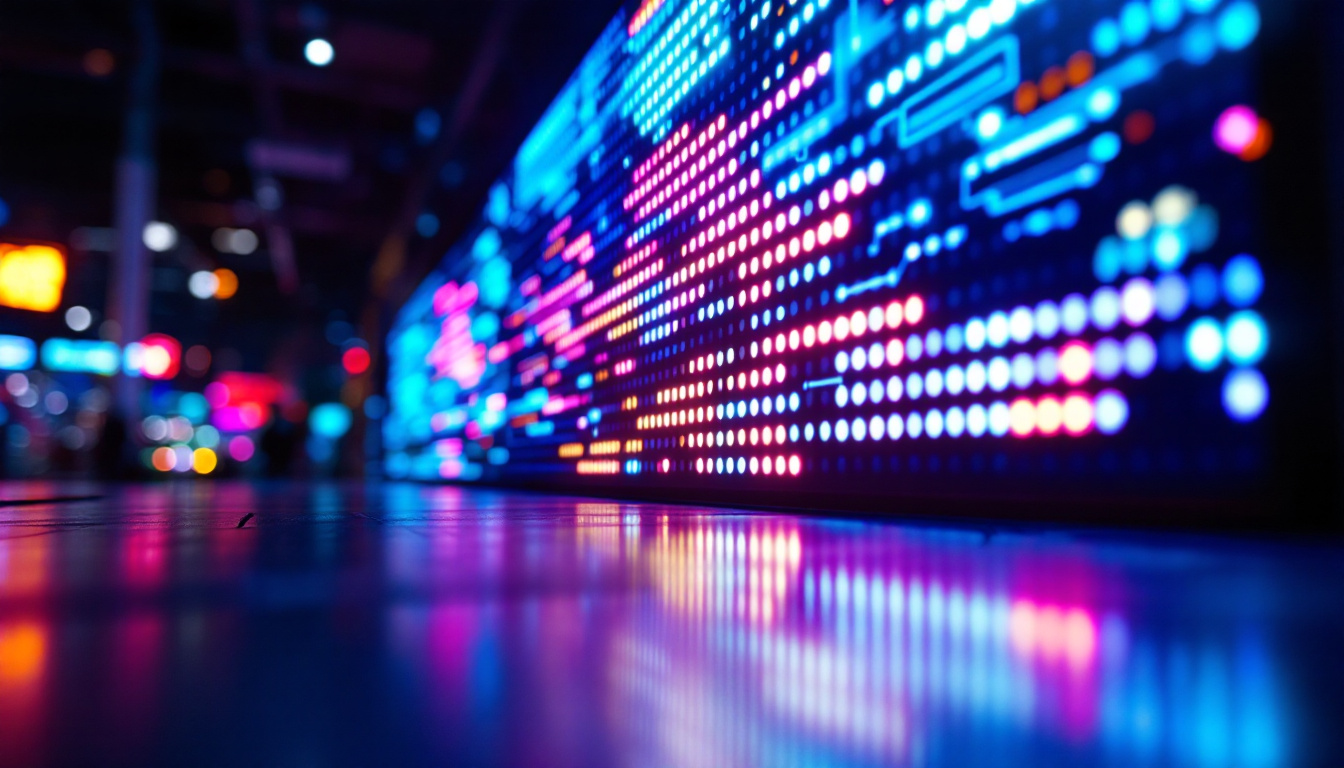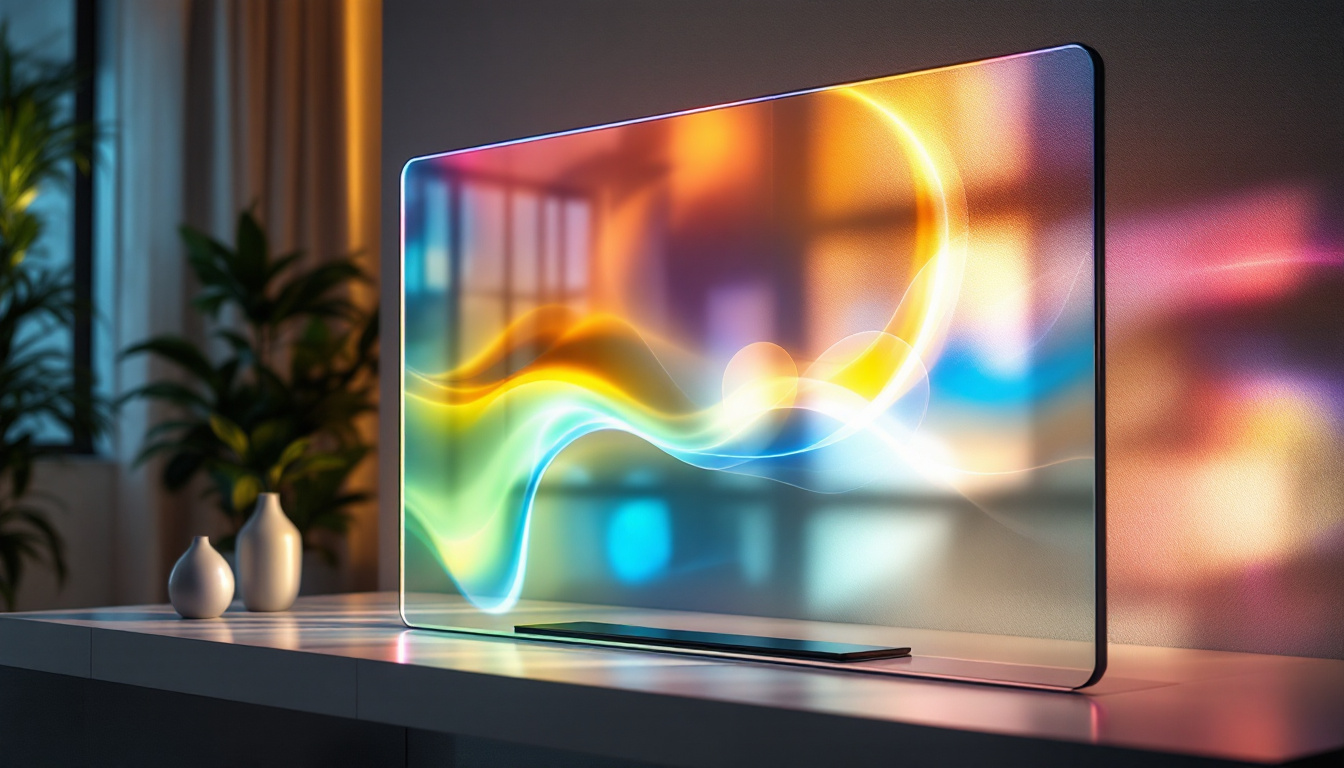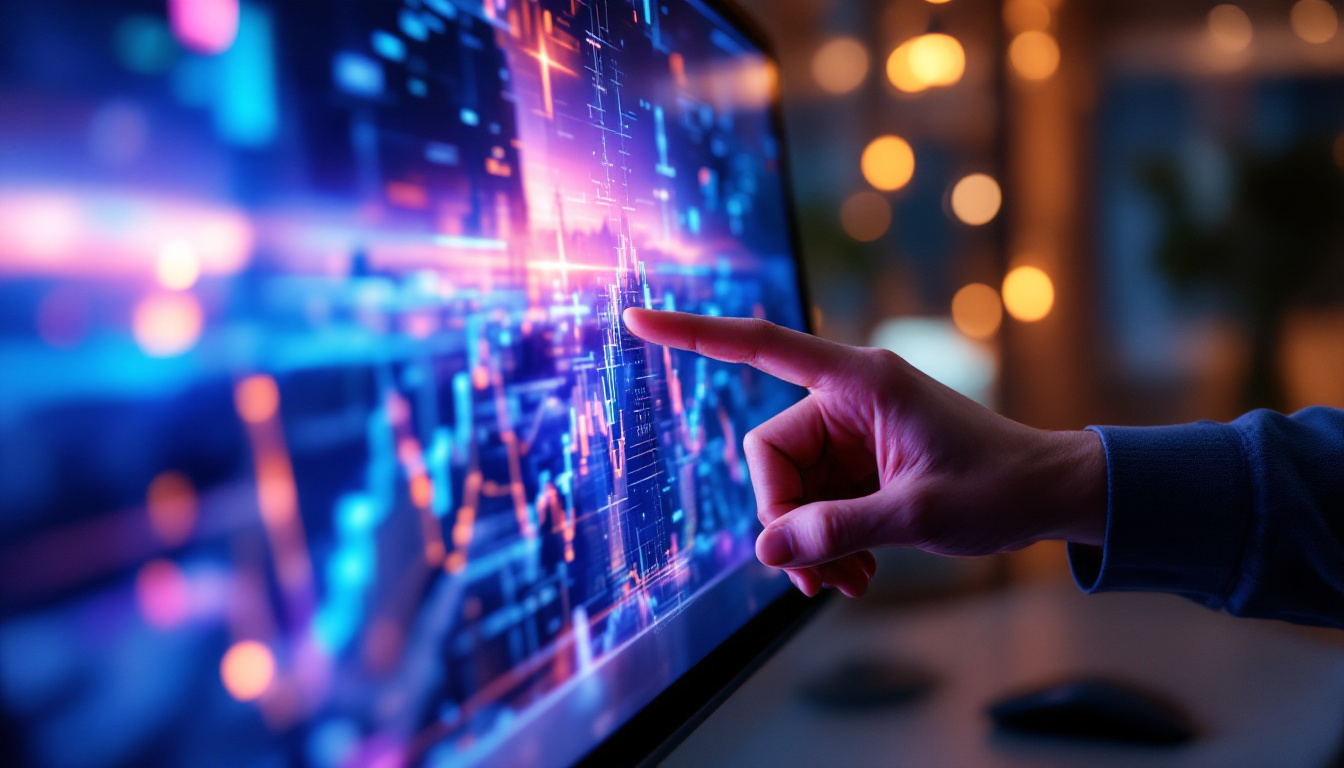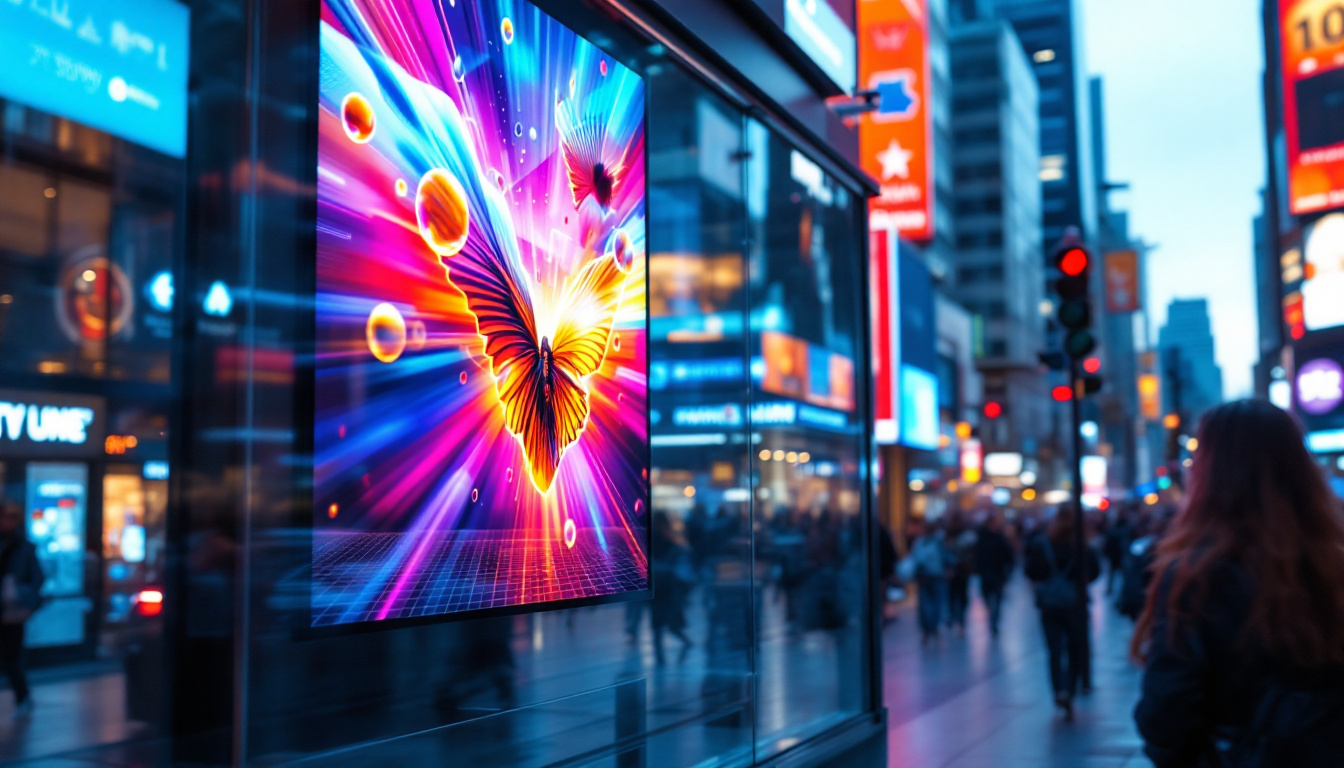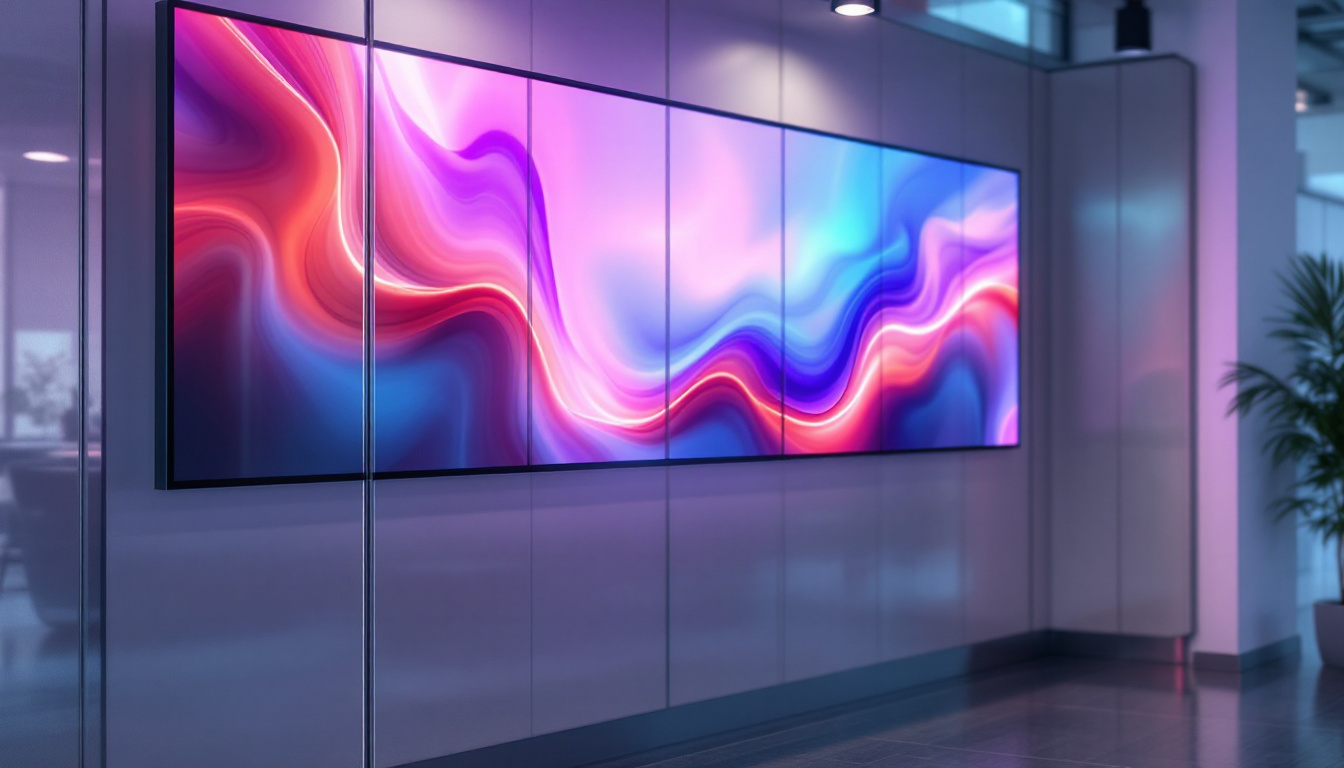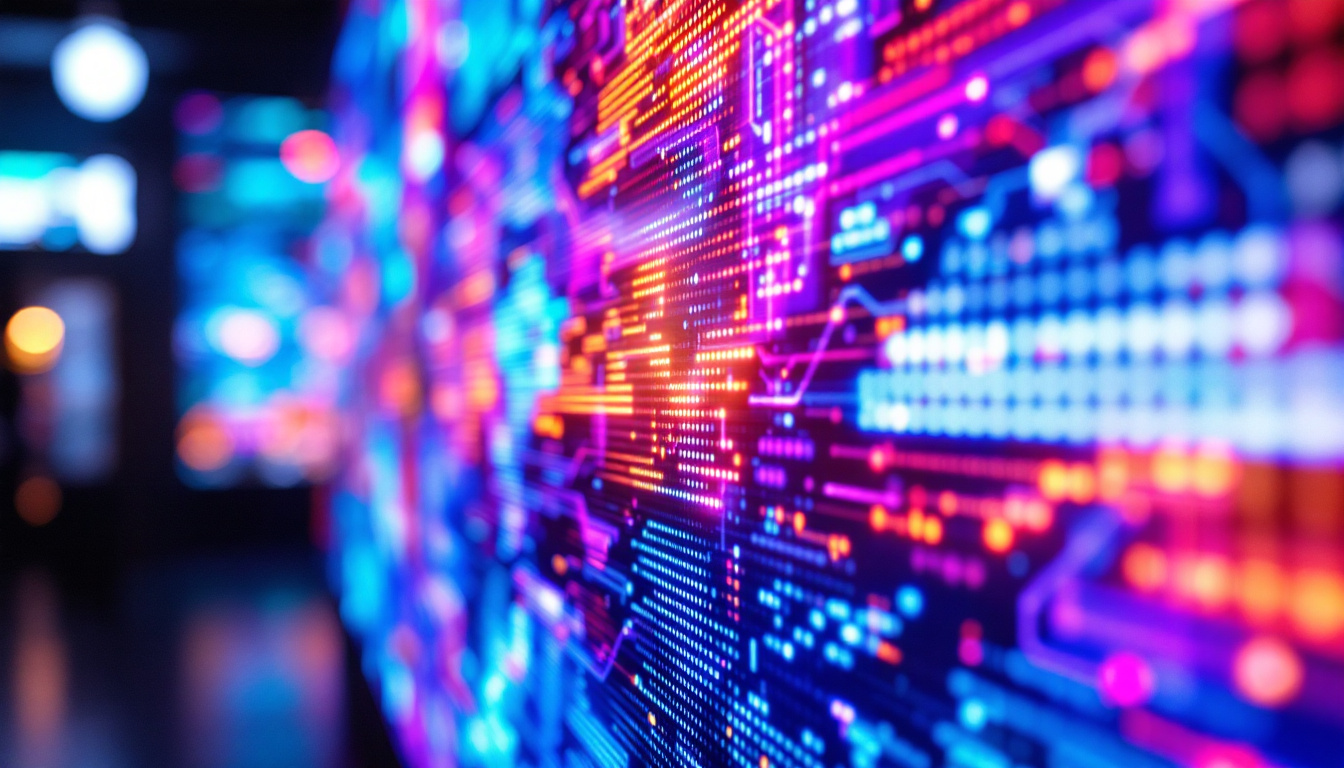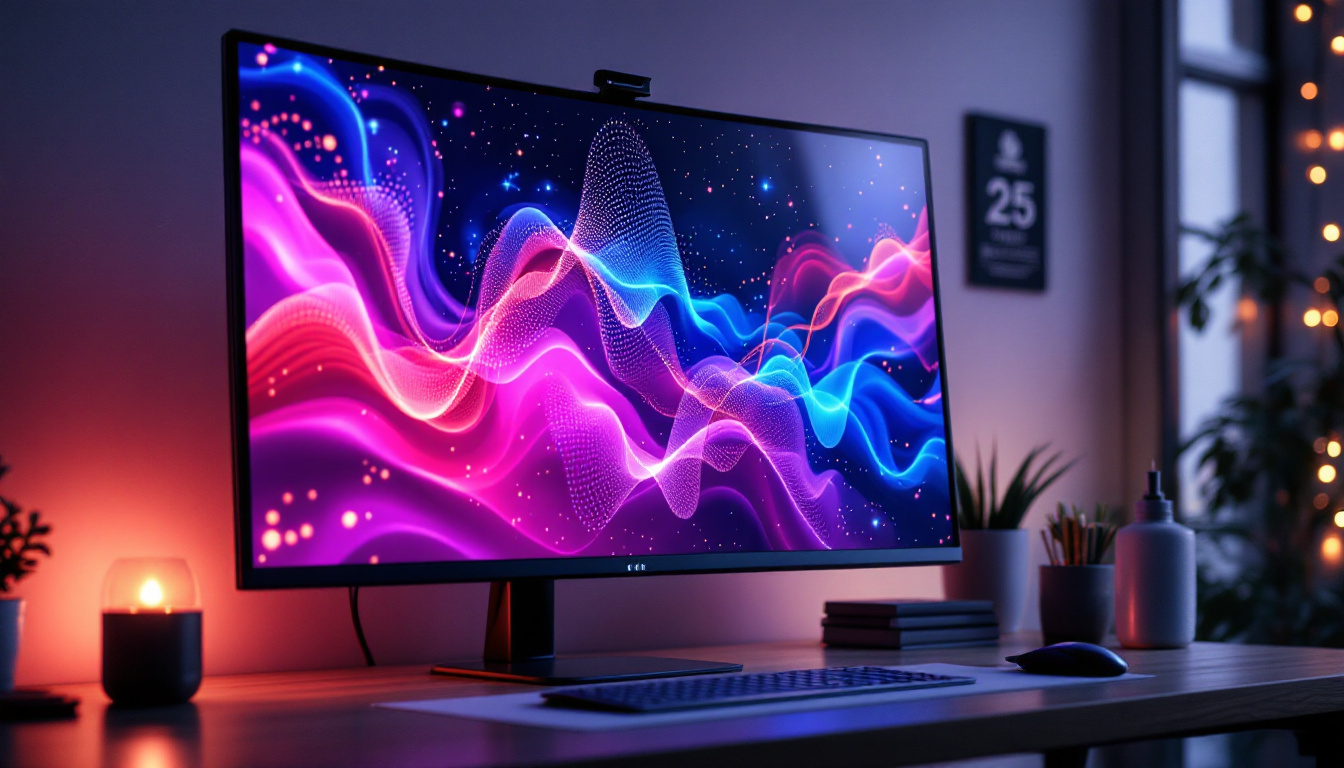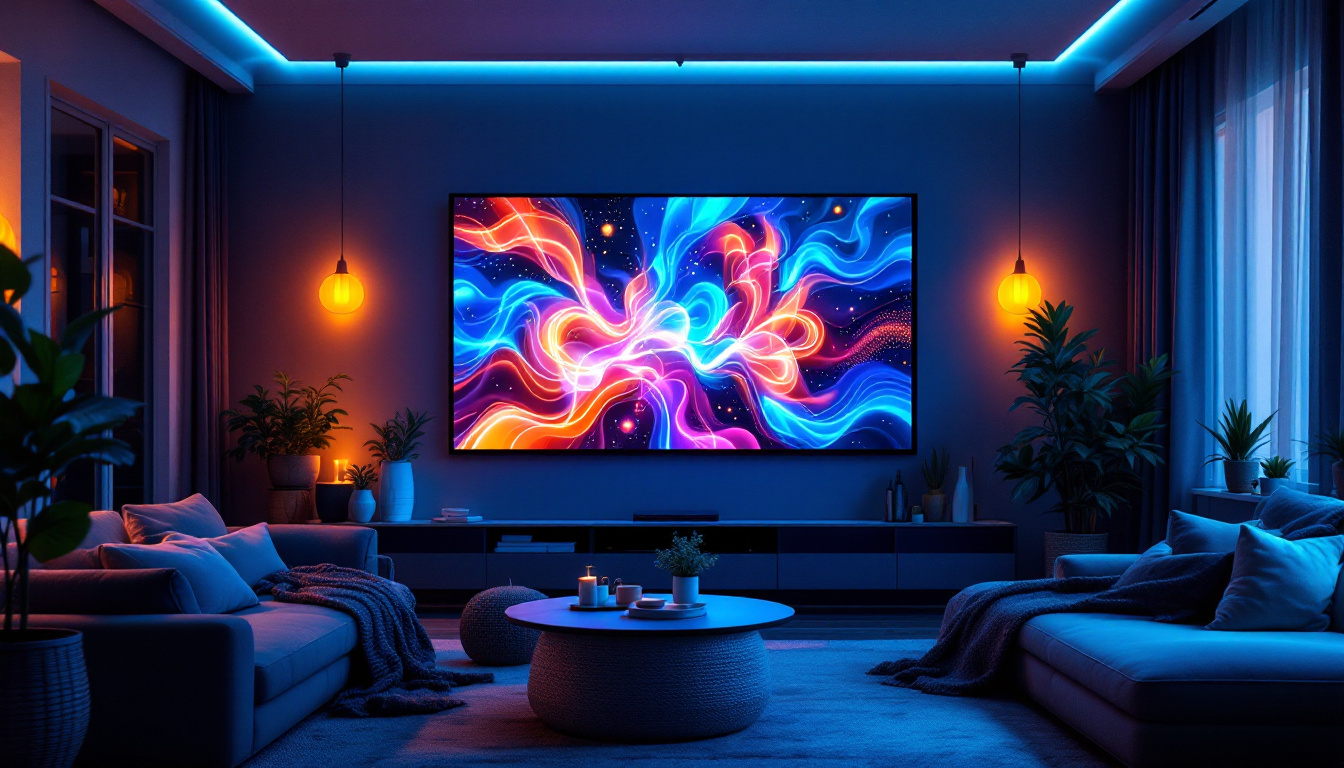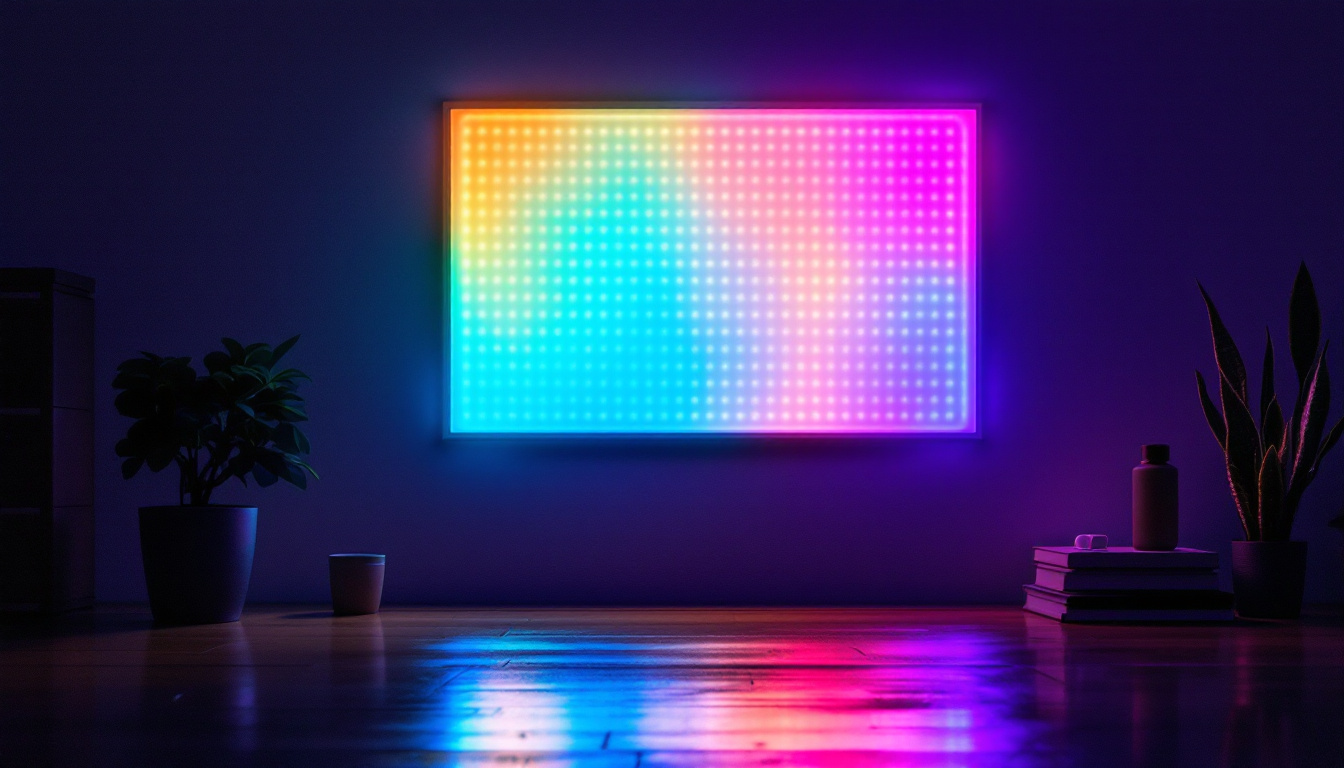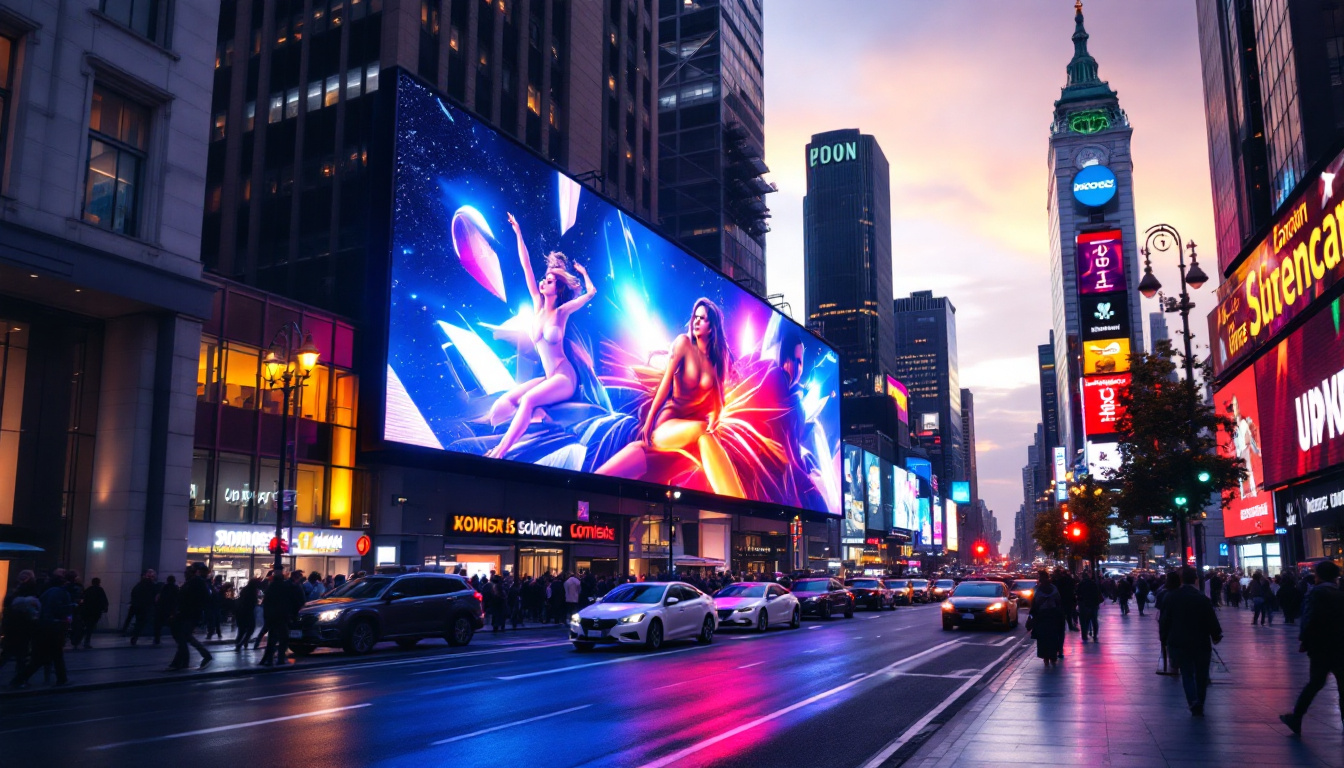In the ever-evolving world of advertising and information dissemination, LED displays have emerged as a transformative technology. Their versatility, brightness, and energy efficiency have made them a preferred choice for businesses looking to enhance their visibility and engagement with customers. This article delves into the various aspects of LED displays, exploring their components, benefits, applications, and future trends.
Understanding LED Technology
Light Emitting Diodes (LEDs) are semiconductor devices that emit light when an electric current passes through them. This technology has revolutionized the way displays are designed and utilized, particularly in outdoor environments. Not only do LEDs consume significantly less power than traditional incandescent bulbs, but they also have a much longer lifespan, often exceeding 50,000 hours. This longevity and energy efficiency make LEDs an attractive option for both commercial and residential lighting solutions, contributing to a more sustainable future.
How LED Displays Work
LED displays are composed of numerous small LED lights arranged in a grid. Each LED can emit a variety of colors, allowing for the creation of vibrant images and videos. The combination of red, green, and blue (RGB) LEDs can produce a full spectrum of colors, making these displays particularly eye-catching. The technology behind LED displays also allows for high brightness levels, which ensures visibility even in direct sunlight, making them ideal for outdoor advertising and public information displays.
The operation of an LED display is based on a pixel matrix, where each pixel is made up of multiple LEDs. By controlling the intensity of each LED, complex images and animations can be rendered. This capability is what sets LED displays apart from traditional signage. Additionally, advancements in LED technology have led to the development of high-definition displays with increased pixel density, resulting in sharper images and smoother video playback. This has opened up new possibilities for creative advertising and engaging visual experiences.
Types of LED Displays
There are several types of LED displays, each designed for specific applications. The most common types include:
- Outdoor LED Displays: These are designed to withstand harsh weather conditions and are often used for billboards, sports arenas, and public events. Their robust construction includes protective coatings and weatherproof enclosures, ensuring durability and performance under varying environmental conditions.
- Indoor LED Displays: Typically used in retail spaces, conference rooms, and exhibitions, these displays are optimized for close viewing distances. They often feature higher resolutions and finer pixel pitches, allowing for detailed graphics and text that can capture the attention of viewers in a more intimate setting.
- Transparent LED Displays: These innovative displays allow light to pass through, making them ideal for storefronts and creative installations. By combining transparency with dynamic visuals, they create an engaging experience that does not obstruct the view of products behind the display, effectively merging advertising with the physical retail environment.
In addition to these common types, there are also specialized LED displays, such as flexible LED screens that can be curved or shaped to fit unique spaces, and interactive LED displays that respond to touch or motion, enhancing user engagement. The versatility of LED technology continues to inspire new applications across various industries, from entertainment to transportation, proving that the potential of LED displays is only just beginning to be realized.
The Benefits of LED Displays
LED displays offer a multitude of advantages over traditional advertising methods. Their benefits extend beyond mere aesthetics, impacting operational efficiency and customer engagement.
Energy Efficiency
One of the most significant advantages of LED displays is their energy efficiency. Compared to traditional incandescent bulbs, LEDs consume significantly less power, resulting in lower operational costs. This energy efficiency not only benefits businesses financially but also contributes to a more sustainable environment. Additionally, the longevity of LED technology means that businesses spend less on replacements and maintenance, further enhancing their cost-effectiveness. With an average lifespan of up to 100,000 hours, LEDs reduce the frequency of replacements, allowing companies to allocate resources more effectively.
High Visibility and Brightness
LED displays are known for their exceptional brightness, making them visible even in direct sunlight. This high visibility ensures that messages reach a wider audience, regardless of the time of day or weather conditions. The vibrant colors and sharp images produced by LED technology enhance the overall impact of advertisements. Furthermore, the ability to adjust brightness levels automatically based on ambient light conditions ensures optimal visibility at all times, maximizing the effectiveness of advertising campaigns. This adaptability not only attracts attention but also creates a more engaging experience for viewers, fostering a stronger connection with the brand.
Dynamic Content Capabilities
Unlike static signage, LED displays can showcase dynamic content, including videos, animations, and real-time data. This capability allows businesses to engage customers more effectively and adapt their messaging based on current events or promotions. The ability to update content remotely adds another layer of convenience and flexibility. Moreover, the integration of interactive features, such as touch screens or QR codes, can further enhance customer interaction and engagement. By providing an immersive experience, businesses can create memorable moments that resonate with their audience, encouraging repeat visits and fostering brand loyalty. The versatility of LED displays also allows for tailored content that can target specific demographics, ensuring that marketing efforts are both efficient and impactful.
Applications of LED Displays
The versatility of LED displays makes them suitable for a wide range of applications across various industries. From retail to entertainment, their impact is profound and far-reaching.
Advertising and Marketing
In the realm of advertising, LED displays have become a staple for businesses looking to capture attention. Billboards featuring high-definition video content can attract passersby and convey messages in a captivating manner. Retailers utilize LED displays to showcase promotions, new products, and seasonal sales, creating an immersive shopping experience. The ability to change content dynamically allows businesses to tailor their messages to specific audiences and times, maximizing engagement and driving foot traffic. Moreover, the bright and vibrant colors of LED technology can significantly enhance brand visibility, making it easier for consumers to remember and recognize brands.
Events and Entertainment
LED displays play a crucial role in the events and entertainment industry. Concerts, sports events, and festivals often feature large LED screens to enhance the audience’s experience. These displays can provide live feeds, highlight reels, and interactive content, making events more engaging and memorable. Beyond just visuals, LED technology can also be synchronized with audio elements to create a cohesive sensory experience. For instance, during a concert, the lighting effects can be programmed to change in harmony with the music, elevating the overall atmosphere and leaving a lasting impression on attendees. Furthermore, the portability of LED panels allows for flexible setups, making them ideal for both indoor and outdoor events.
Transportation and Wayfinding
In transportation hubs such as airports and train stations, LED displays serve as vital information sources. They provide real-time updates on arrivals, departures, and delays, ensuring that travelers are well-informed. Additionally, wayfinding displays help guide people through complex environments, improving overall navigation. These displays can be equipped with interactive touchscreens, allowing users to search for specific destinations or services, thus enhancing the user experience. The integration of LED technology with mobile applications also allows for personalized notifications, ensuring that travelers receive timely updates directly on their devices. This synergy between LED displays and mobile technology not only streamlines the travel experience but also fosters a sense of connectivity in our increasingly digital world.
Installation and Maintenance Considerations
While LED displays offer numerous benefits, proper installation and maintenance are crucial to ensure their longevity and performance. Understanding these aspects can help businesses maximize their investment.
Installation Process
The installation of LED displays involves several steps, including site assessment, structural considerations, and electrical setup. It’s essential to work with experienced professionals to ensure that the display is securely mounted and properly connected to power and data sources.
Additionally, the location of the display plays a vital role in its effectiveness. Factors such as visibility, audience traffic patterns, and environmental conditions should be taken into account during the planning phase.
Regular Maintenance
To maintain optimal performance, regular maintenance of LED displays is essential. This includes cleaning the display surface, checking for any damaged LEDs, and ensuring that all electrical connections are secure. Implementing a routine maintenance schedule can help prevent costly repairs and extend the lifespan of the display.
Future Trends in LED Display Technology
The LED display industry is continuously evolving, with new technologies and trends emerging regularly. Staying informed about these developments can provide businesses with a competitive edge.
Advancements in Resolution and Pixel Density
As technology advances, LED displays are becoming increasingly high-resolution, with finer pixel densities. This improvement allows for sharper images and more detailed content, making displays even more effective for advertising and information dissemination.
High-resolution displays are particularly beneficial for indoor environments where viewers are closer to the screen, allowing for a more immersive experience.
Integration with Smart Technology
Another trend is the integration of LED displays with smart technology. This includes the ability to connect displays to the Internet of Things (IoT), enabling real-time data updates and interactive features. Businesses can leverage this technology to create personalized experiences for customers, enhancing engagement and loyalty.
Sustainability Initiatives
As environmental concerns grow, many manufacturers are focusing on sustainability in their production processes. This includes using eco-friendly materials and developing energy-efficient technologies. Businesses that prioritize sustainability in their advertising strategies can appeal to environmentally conscious consumers, further enhancing their brand image.
Conclusion
LED displays represent a significant advancement in the realm of advertising and communication. Their energy efficiency, high visibility, and dynamic content capabilities make them an invaluable tool for businesses across various industries. As technology continues to evolve, staying abreast of trends and innovations in LED display technology will be essential for maximizing their potential.
By understanding the components, benefits, and applications of LED displays, businesses can make informed decisions that enhance their visibility and engagement with customers. Whether used for advertising, events, or information dissemination, LED displays are set to play a pivotal role in shaping the future of communication.
Illuminate Your Message with LumenMatrix
Ready to elevate your brand’s presence and captivate your audience with unparalleled clarity? Discover LumenMatrix’s comprehensive range of LED display solutions, from the vibrant Indoor LED Wall Display to the robust Outdoor LED Wall Display, and the innovative LED Transparent Display. Each product is crafted with precision to ensure your message resonates with impact. Embrace the future of visual communication with LumenMatrix and transform how you connect with your customers. Check out LumenMatrix LED Display Solutions today and light up your brand’s potential.

